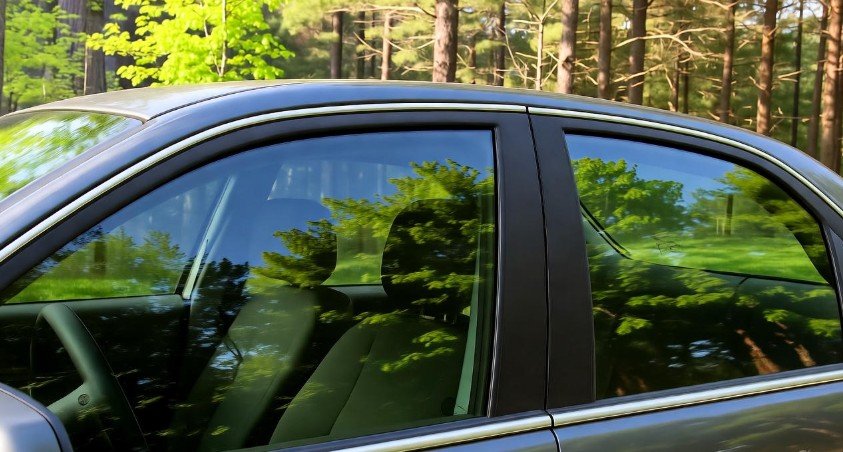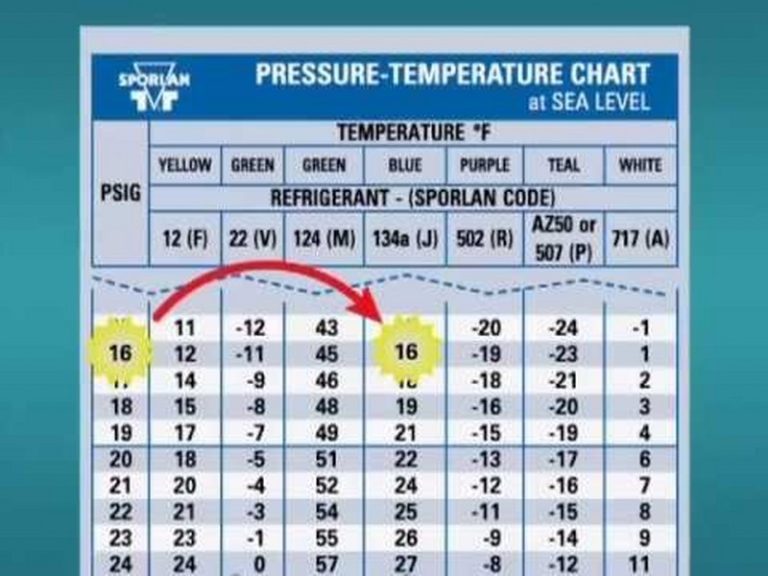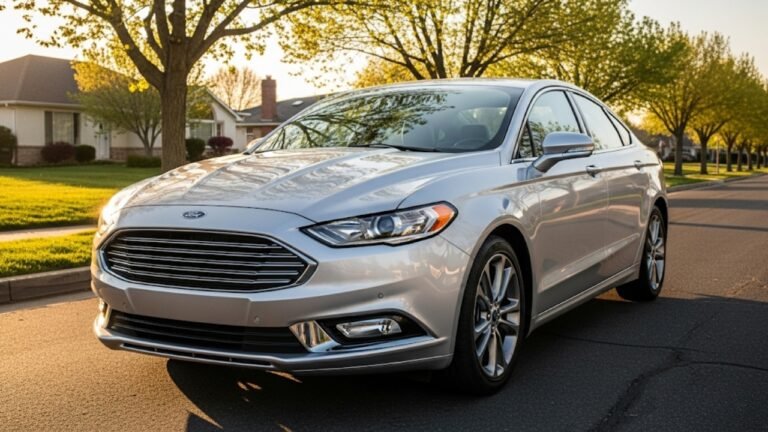Ohio Window Tinting Laws: Everything You Need to Know

If you’re an Ohio driver, chances are you’ve thought about tinting your car windows. It’s a sleek upgrade that not only improves privacy but also helps keep your car cool during those scorching summer days. However, before you rush to get your windows tinted, it’s crucial to understand Ohio window tinting laws. The rules are clear-cut but can be a bit tricky if you’re unfamiliar with terms like Visible Light Transmission (VLT) and Visible Light Reflection (VLR). Ignoring these laws can lead to fines, citations, or even legal trouble.
I remember the first time I tinted my SUV. I thought, “It’s just a few shades, what could go wrong?” But after a quick chat with a local tint shop, I realized Ohio’s rules are specific about how dark and reflective your windows can be. If you want to avoid penalties and keep your ride looking stylish, understanding these rules is essential. Let’s break it down together so you can make an informed decision.
Understanding Ohio Window Tinting Laws
Ohio established its window tinting regulations back in 2004. These laws control how dark and reflective your car windows can be. The state considers both safety and visibility, ensuring that drivers can see clearly while also protecting vehicles from excessive sunlight. What makes Ohio unique is how it distinguishes between passenger vehicles like sedans and multi-purpose vehicles such as SUVs or vans.
At the core of Ohio’s tinting laws are two measurements: Visible Light Transmission (VLT) and Visible Light Reflection (VLR). VLT refers to the percentage of light allowed to pass through your windows. The lower the VLT percentage, the darker your windows will appear. On the other hand, VLR measures how much light the tint reflects. Both factors affect your car’s safety, appearance, and legal compliance. Knowing the limits for each type of window can save you from unnecessary fines.
Legal Window Tint Darkness (VLT) in Ohio
Visible Light Transmission (VLT) is the measure of how much sunlight passes through your windows. Ohio law specifies different limits for front side windows, back side windows, rear windows, and windshields, depending on your vehicle type. Let’s break it down:
For Passenger Vehicles (Sedans):
-
Windshield: Only the top 5 inches can have non-reflective tint.
-
Front Side Windows: Maximum 50% tint darkness.
-
Back Side Windows: Any darkness is allowed.
-
Rear Window: Any darkness is permitted.
For Multi-Purpose Vehicles (SUVs, Vans):
-
Windshield: Only the top 5 inches can have non-reflective tint.
-
Front Side Windows: Up to 50% darkness.
-
Back Side Windows: Any darkness allowed.
-
Rear Window: Any darkness permitted.
Essentially, Ohio is more lenient for the back and rear windows, while front windows have stricter limitations to maintain driver visibility. Remember, darker is not always better—if your tint exceeds the legal VLT, you’re opening yourself up to fines and citations.
Legal Window Tint Reflection (VLR) in Ohio
Visible Light Reflection (VLR) is another critical factor in Ohio’s window tinting laws. VLR measures the amount of light reflected off your tinted windows. The lower the reflection, the less sunlight bounces off, which can reduce glare for other drivers and improve visibility.
Ohio is strict about reflective tints, especially for passenger and multi-purpose vehicles. Here’s what the law states:
Passenger Vehicles:
-
Front Side Windows: No reflective materials allowed.
-
Back Side Windows: No reflective materials allowed.
Multi-Purpose Vehicles (SUVs, Vans):
-
Front Side Windows: No reflective materials allowed.
-
Back Side Windows: No reflective materials allowed.
In short, Ohio prohibits reflective tinting for most windows, focusing on safety and reducing glare on the road. If you’re considering a chrome-like or mirrored tint, it’s important to know that this will violate Ohio’s rules.
Differences Between Passenger and Multi-Purpose Vehicles
Understanding the difference between passenger vehicles and multi-purpose vehicles is crucial when it comes to tinting. While both categories follow similar VLT and VLR rules, multi-purpose vehicles often have more lenient regulations for the back and rear windows.
Passenger vehicles are typically sedans or small cars. These vehicles have a tighter restriction on front window tint darkness, capped at 50% VLT. The focus here is ensuring that law enforcement and other drivers can see inside your vehicle if needed.
Multi-purpose vehicles, including SUVs, minivans, and crossovers, are designed for versatility and family use. Ohio law allows more freedom with back and rear window tinting for these vehicles, providing extra privacy and sun protection. However, the front windows still cannot exceed 50% tint darkness, and reflective materials are strictly prohibited.
By knowing these distinctions, you can avoid fines and still enjoy privacy and sun protection for your vehicle. It’s a balance between style, comfort, and compliance.
Why Following Ohio Tint Laws Matters
You might be thinking, “What’s the big deal? It’s just a window tint.” But violating Ohio window tinting laws can carry consequences. The state classifies violations as misdemeanors, typically resulting in fines of around $120 for first-time offenders. Repeat violations could lead to higher fines or even a suspension of your driver’s license.
Aside from legal penalties, adhering to these laws ensures your safety. Too-dark tints can reduce visibility, making it harder to see pedestrians, cyclists, or other vehicles, especially at night. On the other hand, proper tinting helps reduce glare, blocks harmful UV rays, and keeps your car interior cooler—protecting both you and your passengers.
Following the law also prevents unnecessary stress. Imagine getting pulled over on your way to work because your tint is slightly darker than allowed. By staying informed, you save yourself time, money, and headaches while enjoying all the benefits of a properly tinted car.
Other Ohio Window Tint Rules and Regulations
Ohio doesn’t just regulate how dark or reflective your car windows can be; there are several other rules that every driver should know. These additional regulations ensure your vehicle remains safe, compliant, and road-ready.
Side Mirrors: Ohio law does not place restrictions on side mirrors. You are free to use mirrors of any size or shape, provided they give a clear view of the sides and rear of your vehicle. This is especially useful if your vehicle’s rear window is heavily tinted, as mirrors help maintain visibility and safety while driving.
Restricted Colors: Unlike some states, Ohio does not restrict the color of your window tint. Whether you prefer classic black, charcoal gray, or even a subtle blue shade, you can choose freely. The important factor is that your tint meets the VLT and VLR requirements. Picking a visually appealing tint that follows the rules ensures both style and legality.
Certified Film: Ohio law mandates that the manufacturers of tint films certify the product for safety and performance. When choosing a tinting service, always ask if they are using certified films. Certified films not only meet legal standards but also guarantee durability and heat-blocking effectiveness, giving you long-term protection for your vehicle’s interior.
Stickers: Each legally tinted window must display a sticker between the glass and the film. This sticker serves as proof that your tinting complies with Ohio law. It must be clearly visible from the outside, which can be important during law enforcement checks. Many first-time tinter owners overlook this step, but it’s crucial for staying compliant.
Medical Exceptions: Ohio’s tint laws do not provide specific exemptions for medical reasons. If you have a condition requiring special tinting, such as extreme light sensitivity, you must still comply with the same VLT and VLR restrictions as every other driver. While this may feel restrictive, it ensures consistency and safety on the roads.
Penalties for Violating Ohio Tint Laws
Ohio takes window tinting seriously, and violations can lead to legal trouble. Here’s what you need to know:
-
First Offense: Violating tint laws is considered a misdemeanor and typically carries a fine of around $120.
-
Repeat Offenses: Repeated violations can result in higher fines, community service, or even temporary suspension of your driver’s license.
-
Vehicle Inspection: If a law enforcement officer deems your tint illegal, you may be required to remove it before driving again.
The takeaway here is simple: following the law saves you money, time, and stress. Properly tinted windows enhance safety, comfort, and style without putting you at risk for penalties.
Tips for Choosing Legal Window Tint in Ohio
Selecting the right tint doesn’t have to be confusing. Here are some practical tips to ensure your car looks great while remaining compliant:
-
Check VLT and VLR Limits: Always verify the legal limits for your vehicle type before purchasing film. For example, front side windows cannot exceed 50% darkness.
-
Use Certified Film: Ask your tint shop if the product is certified for Ohio. This ensures quality and legality.
-
Don’t Skip the Sticker: Make sure the required compliance sticker is installed on each tinted window.
-
Consider UV Protection: While staying legal, choose a tint that also blocks UV rays to protect your car interior and passengers.
-
Consult Professionals: A reputable tinting service will guide you through Ohio’s rules and help you avoid fines.
These simple steps will save you from headaches while keeping your car stylish and safe.
FAQs About Ohio Window Tinting Laws
1. Can I tint my windshield in Ohio?
Yes, but only the top 5 inches can have non-reflective tint. The rest of the windshield must remain clear.
2. Are reflective tints allowed on any windows?
No. Ohio law prohibits reflective materials on both front and back side windows for all vehicles.
3. Can I choose any color for my window tint?
Yes, Ohio has no restrictions on tint color. Just make sure it meets VLT and VLR requirements.
4. Are there medical exemptions for window tinting in Ohio?
No, Ohio does not currently provide medical exemptions. All drivers must comply with the same laws.
5. What is the fine for illegal tint in Ohio?
The first offense is typically around $120. Repeat offenses may result in higher fines or other penalties.
6. Do multi-purpose vehicles have different rules?
Yes. SUVs and vans can use any darkness on back side and rear windows, but front windows cannot exceed 50% tint darkness.
7. Do I need a sticker for tinted windows?
Yes. A sticker must be installed between the glass and the tint film to show compliance.
8. Can tinting improve safety?
Absolutely. Proper tinting reduces glare, blocks UV rays, and can prevent shattering in case of an accident.
Conclusion
Understanding Ohio window tinting laws is more than just a legal requirement—it’s a way to protect yourself, your passengers, and your vehicle. Whether you drive a sedan, SUV, or van, following the rules ensures safety, comfort, and peace of mind.
Here’s a quick recap:
-
Passenger Vehicles: Front side windows can have up to 50% darkness, windshield top 5 inches can be tinted, back and rear windows can be any darkness.
-
Multi-Purpose Vehicles: Similar rules, but back and rear windows have more flexibility.
-
VLR: No reflective materials allowed on front or back windows.
-
Other Requirements: Certified film, compliance stickers, and attention to penalties are critical.
By staying informed and following these laws, you can enjoy all the benefits of window tinting without risking fines or legal issues. So next time you’re thinking about tinting your ride, remember: dark but legal is always the best choice.

![How Much Does Auto Tint Cost? [Calculator Included] 2 How Much Does Auto Tint Cost [Calculator Included]](https://aautomotives.com/wp-content/uploads/2025/10/How-Much-Does-Auto-Tint-Cost-Calculator-Included-1-768x412.jpg)




